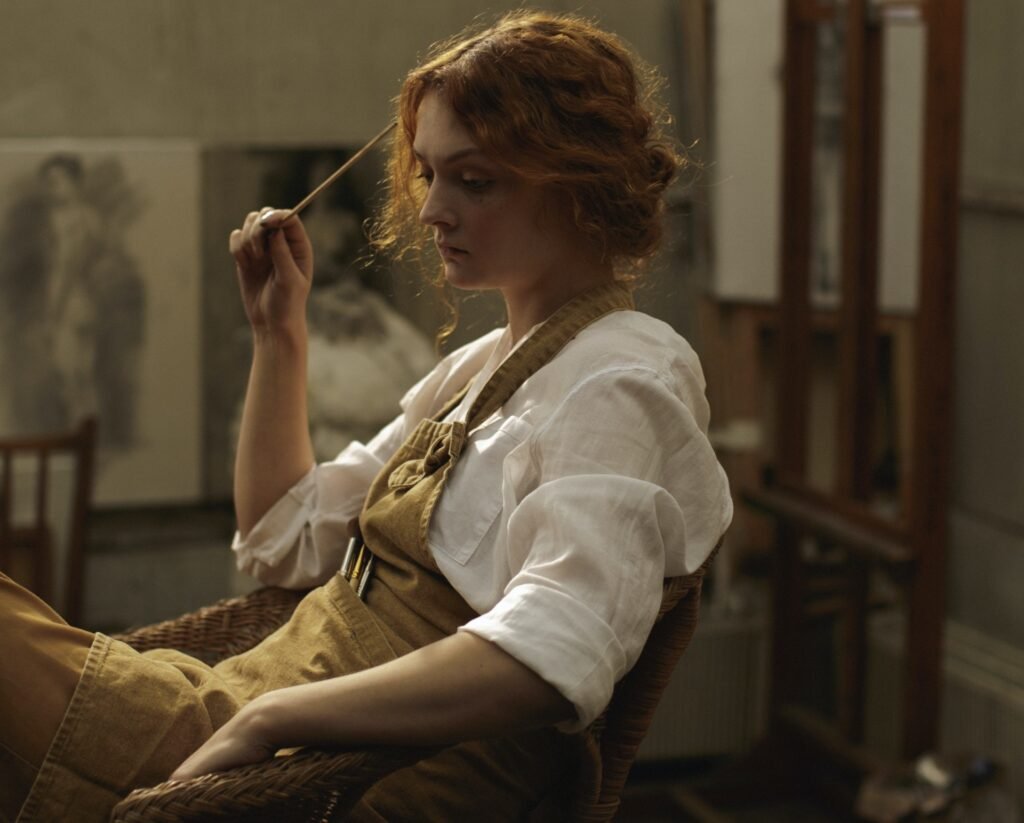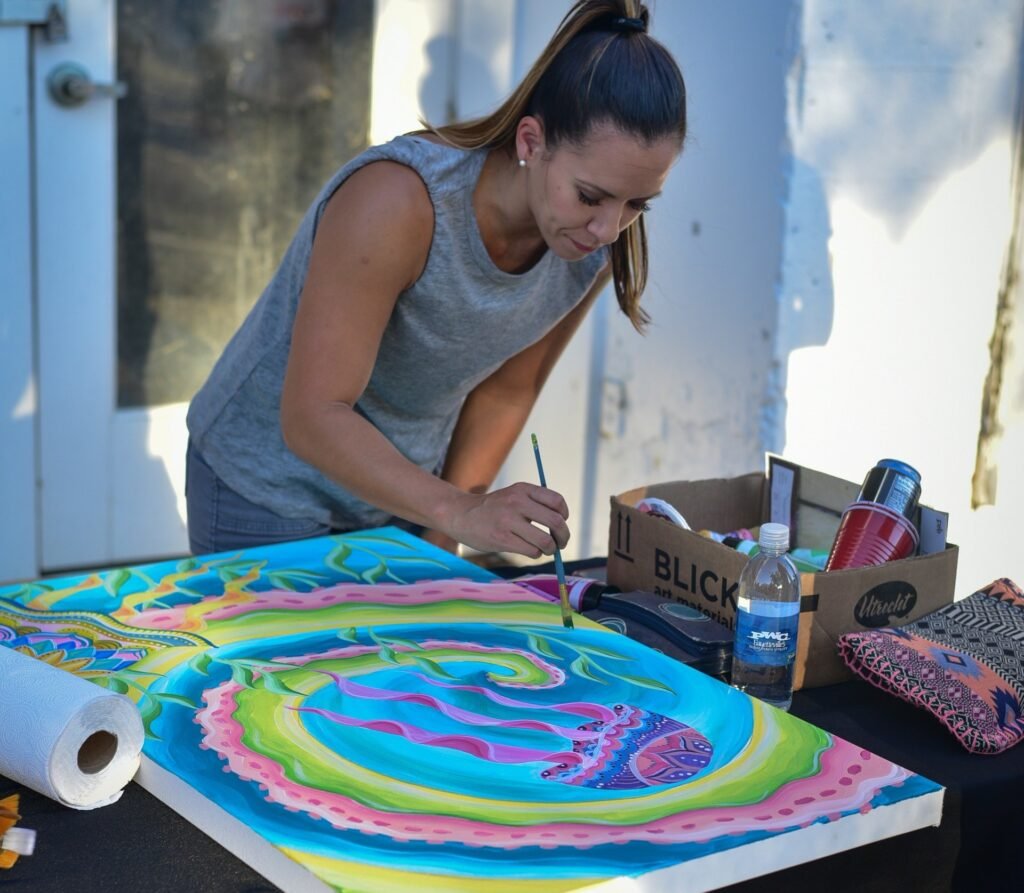In this article, we will discuss the importance of unlocking and recognizing your creative potential as an artist. We will look at the challenges faced by artists in identifying their niche and how to effectively overcome them. We will also explore how to identify your creative focus and use it to your advantage.
You will learn how to assess your unique talents and find the right balance between creativity and business in order to make your art successful. With this information, you will have the confidence to take your art to the next level and use it to make a living.
Let us unlock your creative potential together and try finding your niche as an artist. With the right tools and guidance, you can create beautiful, unique art that truly stands out and brings you success. Let’s get started today!
1. Introduction
Creativity is an essential part of life. Having the ability to express your ideas and feelings can be truly rewarding and fulfilling. Unfortunately, it can be difficult to know where to begin when trying to unlock your creative potential. In this guide, you will learn how to find your niche as an artist and how to use your talents and interests to create unique and meaningful works of art.
A. What is Creative Potential?
Creative potential is a person’s capacity to conceive of and develop new ways of thinking, creating, and interacting with the world. It is the ability to use imagination and intuition to produce an original piece of work, whether it be visual art, music, written works, or a combination of these. Creative potential is not limited to a particular art form, but can be expressed in many different ways.

B. Benefits of Unlocking Your Creative Potential
- Increased confidence : As you recognize and explore your creative potential, you’ll start to feel better about yourself. Explore new ways of thinking, and gain confidence in yourself as an artist.
- New creative opportunities: Unlocking your creative potential can lead to exciting new opportunities. You may be able to take on more complex projects, collaborate with others, or even find a niche within the art world.
2. Finding Your Niche
A. Developing Your Own Unique Style
- Exploration: Experiment with various mediums and techniques to discover what you’re best at.
- Take Inspiration from the World Around You: Take photos, collect objects, and keep a list of inspiring words to draw from.
- Analyze Artists You Admire: Look at the artwork of other artists and figure out what makes it so appealing to you.
B. Identifying Your Strengths
- Understand your personal style and interests: Reflect on what inspires and motivates you and use this to identify your unique style and interests.
- Evaluate your skills: Assess your skills and determine which ones you are best at or have the most potential to develop.
- Investigate the market: Research the current trends and needs in the art world to uncover potential opportunities.
3. Overcoming Creative Blocks
- Identify the source of your creative block – Recognizing your stressors and identify the factors that are causing stress and take steps to limit or manage them. Find the thoughts and actions that are resisting you from being productive.
- Make a plan for overcoming the block – Schedule time for yourself and prioritize self-care by setting aside dedicated time each day.
- Take a break and come back to the project with a fresh perspective.

4. Developing a Creative Routine
A. Setting Goals
- Identify what type of art you are most interested in creating – Is it landscape, or portraits, or abstract forms.
- Create a list of short-term and long-term goals for your art.
- Make a realistic timeline for creating and completing your art goals.
- Break down your goals into smaller, achievable tasks.
- Research what other artists have done in your chosen field.
B. Scheduling Time for Creativity
- Establishing a Routine: Developing a consistent schedule for creativity can help you stay on track and stay productive.
- Prioritizing Creativity: Find ways to prioritize your creative endeavors, making sure you have enough time to focus on your art.
5. Embracing Experimentation
Creative experimentation is essential in unlocking your creative potential. When you are experimenting, you are pushing the boundaries of what is known and attempting to find something new.
Experimentation requires courage and can be frightening, but it is necessary for growth. When you experiment, you will inevitably make mistakes, but the lessons learned from these mistakes can be extremely valuable.
It is useful to find a way to measure your experiments!
A. Trying New Mediums
Take a Class : Learning a new medium in a classroom setting is the best way to become familiar with a new form of art. Look for classes at local colleges or universities, or take an online course to learn the basics of a new medium.
Experiment : Experimenting with different materials and techniques is the best way to find out what works best for your creative style. For example, if you are comfortable with acrylic paints, try watercolor this time and see how different you perform with that tool.

B. Exploring Your Ideas
- Brainstorming: Get your creative juices flowing by exploring as many ideas as possible. Take some time to write down any thoughts or images that come to mind, even if they seem silly or far-fetched. Use this opportunity to let your imagination run wild!
- Research: Once you’ve made some preliminary ideas, do some research to learn more about those topics.
In conclusion, anyone can unlock their creative potential and find their niche as an artist. By following a few simple steps such as identifying your strengths and weaknesses, setting realistic goals and expectations, and taking some time to explore different artistic mediums and techniques, you can create something that feels authentically yours.
Ultimately, it’s important to remember that the process of finding your niche as an artist is an ongoing journey and there is no wrong way to go about it.
